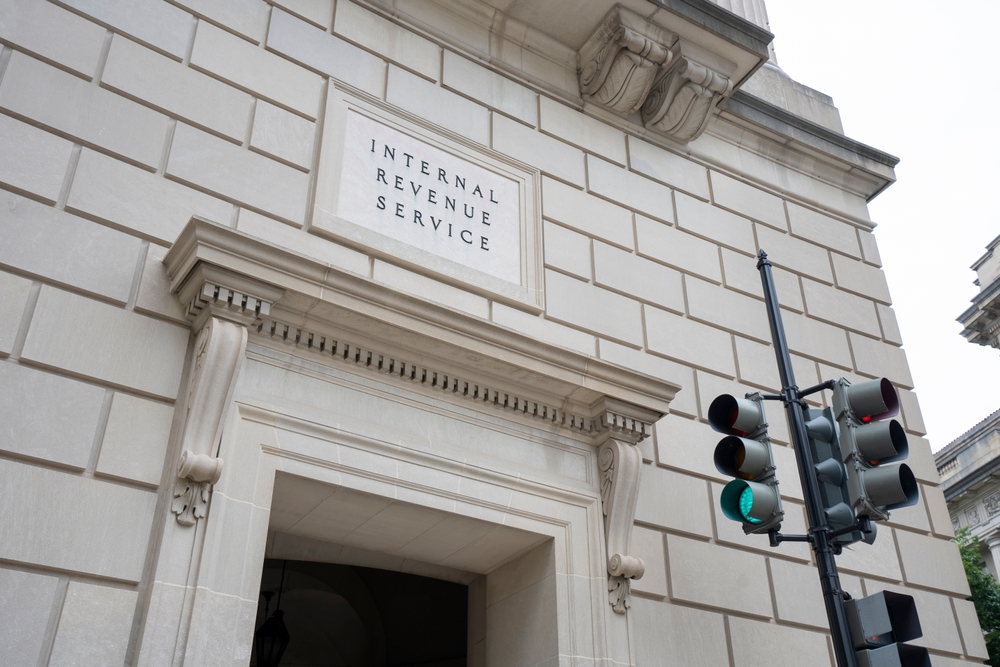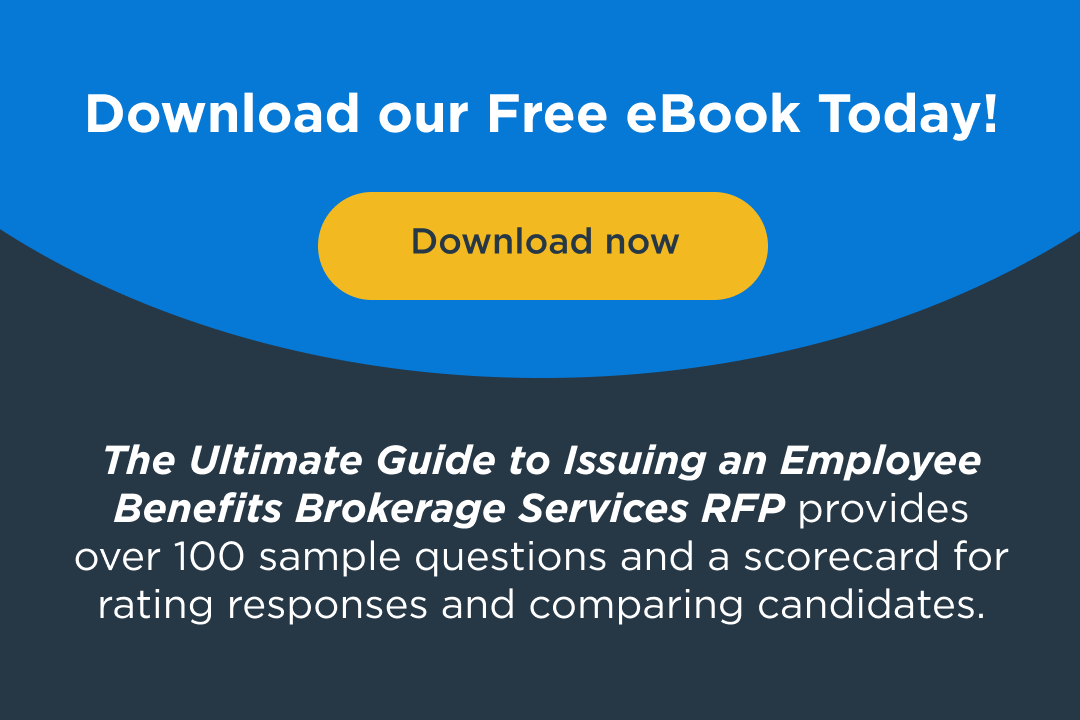2027 IRS Limits: When to Expect New HSA, 401(k), FSA, and Benefits Contribution Updates
June 26, 2025

Curious about the 2027 IRS limits for HSA, FSA, 401(k), HDHPs, and other employee benefits? Learn when the IRS typically announces these updates and how to prepare your benefits strategy.
For HR and benefits leaders planning for the 2027 plan year, it’s not too early to think about IRS inflation-adjusted benefit limits. These annual updates impact how much employees and employers can contribute to tax-advantaged accounts like HSAs, FSAs, and dependent care programs, as well as the minimum and maximum thresholds for high-deductible health plans (HDHPs), health reimbursement arrangements (HRAs), and more.
Getting ahead of these changes can help ensure smooth plan design updates, accurate employee communication, and timely system configuration.
When Does the IRS Announce Benefit Limits?
The IRS publishes most of its annual benefit limits between late April and mid-November, depending on the benefit in question:
- HSA and HDHP limits are typically the first to be released. For example, the IRS published the 2026 HSA and HDHP limits on May 1, 2025, via Revenue Procedure 2025-19.
- Health FSA, dependent care FSA, commuter benefits, adoption assistance, and HRA limits usually follow in the fall, often in October or early November.
- 401(k) and other retirement contribution limits tend to be released around the end of October, along with catch-up contribution details.
These timelines have remained relatively consistent over the past several years, making it easier for benefits teams to plan around them.
What Drives the Adjustments?
Most of the IRS’s annual benefit limits are tied to inflation, and they’re recalculated using formulas outlined in the Internal Revenue Code. While the IRS doesn’t speculate about future changes—and neither should employers—knowing the mechanisms can help set expectations.
For example:
- HSA and HDHP limits are adjusted annually using the Chained Consumer Price Index for All Urban Consumers (C-CPI-U). These changes reflect shifts in healthcare costs and overall inflation.
- FSAs, HRAs, commuter benefits, and adoption assistance limits are tied to standard CPI-U, which is subject to both annual inflation and rounding conventions.
- Certain limits, such as the HSA catch-up contribution for individuals age 55+, are not indexed for inflation and remain static unless Congress changes the law.
This means that even during periods of relatively low inflation, small adjustments are likely—though some benefit limits may remain flat if changes don’t exceed minimum rounding thresholds set by statute.
Why This Timing Matters for Employers
The IRS limit announcements often occur at critical junctures in the benefits planning cycle. For example, HSA limits are typically published just as many employers are finalizing their medical plan offerings for the following year. Meanwhile, FSA and retirement plan updates are released just ahead of open enrollment season.
Benefits leaders should be ready to:
- Quickly review and analyze new limits when they’re announced
- Coordinate with payroll and HCM platforms to ensure systems reflect updated caps
- Revise plan documents and employee communication materials before enrollment launches
- Support employees in adjusting their elections or savings strategies based on updated thresholds
Being proactive in this window not only helps avoid administrative delays but also reinforces the employer’s role as a knowledgeable benefits advocate.
How to Prepare for the 2027 Plan Year
While the exact 2027 limits won’t be known until mid-to-late 2026, there are several steps HR and benefits professionals can take now to stay ready:
- Set a monitoring schedule: Mark your calendar to check for updates in May 2026 (HSA/HDHP) and again in October or early November (FSA, retirement, commuter, adoption).
- Align your plan design cycle: Wherever possible, structure internal review and vendor meetings to follow IRS announcements. This allows for timely adjustments and minimizes rework.
- Review plan documents and SPD templates: Keep draft versions of your summary plan descriptions and enrollment guides flexible enough to accommodate inflation-adjusted changes.
- Educate employees on the value of these limits: Even before new thresholds are released, use newsletters or open enrollment materials to explain how tax-advantaged contributions (like HSAs and FSAs) support financial wellness.
- Coordinate across departments: Ensure that legal, finance, and payroll teams understand when and how these changes occur—and what role they play in compliance.
Final Thought: Staying Agile in a Moving Landscape
IRS limits may not always grab headlines, but they have a direct impact on how employees engage with your benefits program. A $100 change in an HSA limit or FSA cap might seem small, but for many workers, that extra tax savings—or the option to budget more predictably—can make a meaningful difference.
By tracking the timing of IRS announcements and preparing your organization to act quickly, you not only ensure compliance—you demonstrate a commitment to keeping your benefits program current, competitive, and aligned with employee needs.
If you’d like help building a response plan for IRS limit updates or tailoring employee communications when those limits are released, we’re happy to support you.


